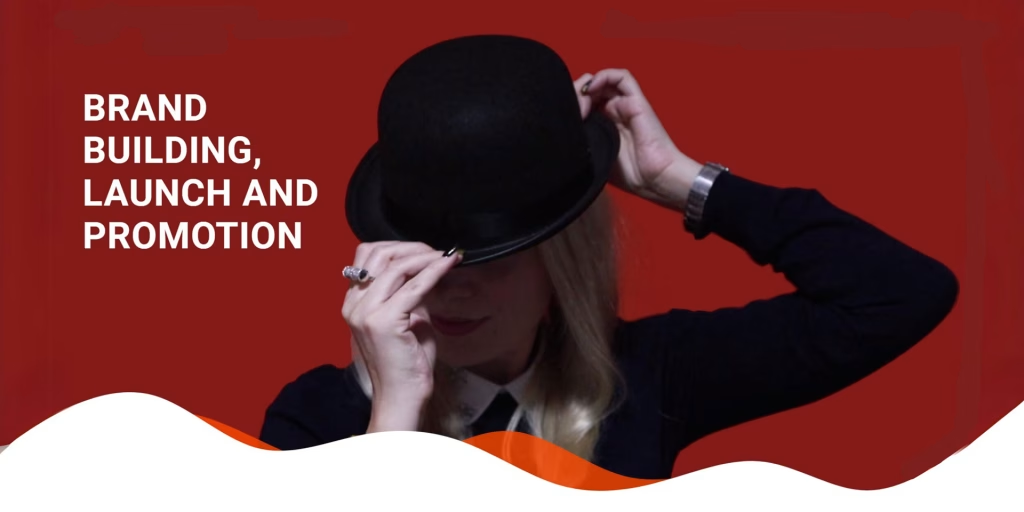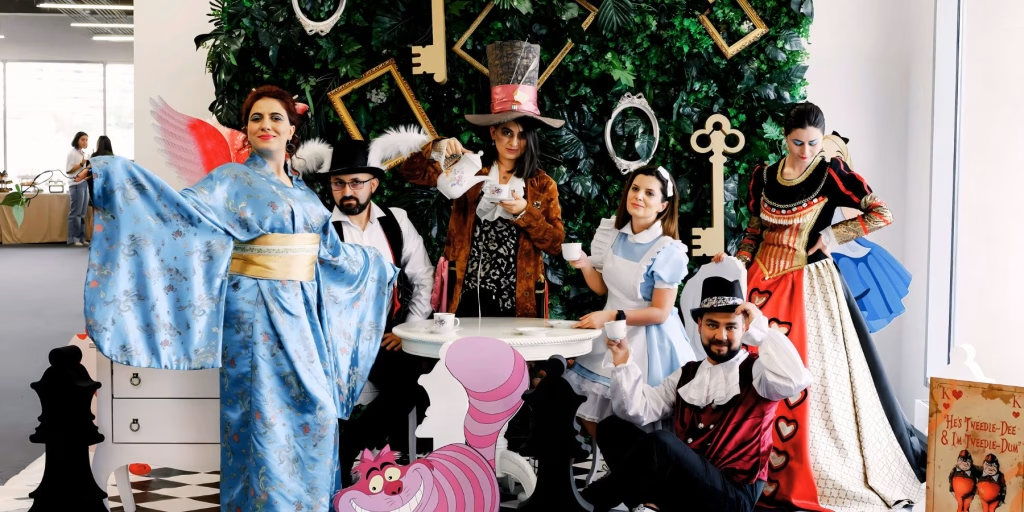
The reinvention we were born for
Reinvention is not a trend. It is the only viable strategy in an age of volatility.
“To survive and thrive in a constantly disrupted, turbulent world, you must continuously reinvent ahead of the disruption,” says Dr Nadya Zhexembayeva, Chief Reinvention Officer at the Reinvention Academy.
Reinvention is not a one-time initiative. It is a continuous practice that demands coherence between strategy, innovation, and execution. Most organisations fail not because they lack ideas, but because these areas operate in silos. Foresight is not translated into product. Brilliant concepts are poorly delivered. Teams fight over methods instead of working in rhythm. When disruption arrives, they are unprepared.
This disjointed approach, Nadya says, is what turns minor turbulence into existential collapse. The solution is not to chase the next trend, but to build a reinvention habit. A well-oiled system. A heartbeat. Reinvention should be as regular as taking a shower. “If you don’t do it,” she says, “things begin to stink. Same with leadership. Same with your business model. Same with your team dynamics.”
Letting go is the hardest part. We become attached to what made us successful. We identify with our degrees, our positions, our legacy. But what once worked may now be the very thing holding us back. Nadya calls this the Titanic Syndrome: when we are so proud of our best practice that we fail to notice the world has changed. She speaks candidly about her own experience—how her academic achievements, once admired, now signal irrelevance to younger audiences. What once inspired respect now reveals distance. Reinvention asks us to release even the things we are proud of.
This is not theoretical for Nadya. Born in Soviet Kazakhstan, she witnessed the collapse of an entire system. For three years, her country had no currency, no functioning government, and no roadmap. She saw how some people built new lives while others disintegrated with the structures that had failed them. That contrast shaped her understanding of reinvention—not as a corporate initiative, but as a survival instinct.
Reinvention, she says, is not something we need to learn. It’s something we need to remember. Every child is a reinventor. We fall again and again while learning to walk, but we never conclude that walking is not for us. We just get up and try again. It is only later—through education, routine, and fear—that we learn to cling to stability and distrust change.
What makes reinvention even more urgent now is the speed and complexity of the world we live in. The crises we face—climate, economic, technological—do not arrive one at a time. They come intertwined. And they cannot be solved in silos. Nadya warns that we must stop thinking in categories. There is no separate environmental crisis or social crisis. They are connected. And we are not exempt from their consequences.
She tells the story of leaving her prestigious academic post after realising that prevention was no longer possible. Surrounded by experts, she heard a quiet consensus: we had crossed the threshold. The black swans were coming—no longer one by one, but in herds. The only viable option left was adaptation. Reinvention, then, is not a luxury. It is a basic skill. The literacy of the century.
And so the message is clear. Reinvention is not about heroic transformation. It is about rhythm. Discipline. Honesty. It is about knowing when to let go and when to begin again. “It will be worse than you expect and better than you expect,” she says. “That’s the glory of life. It becomes larger than we ever imagined.”
New Free Courses — Made for Ambitious Women Entrepreneurs!
It’s time to grow smarter, adapt faster, and take your business global.
Explore two powerful courses available exclusively to She’s Next members:
The Reinvention Masterclass for Start-up Founders
Beyond Borders: Building for Global Success
Enroll today — it’s free!





